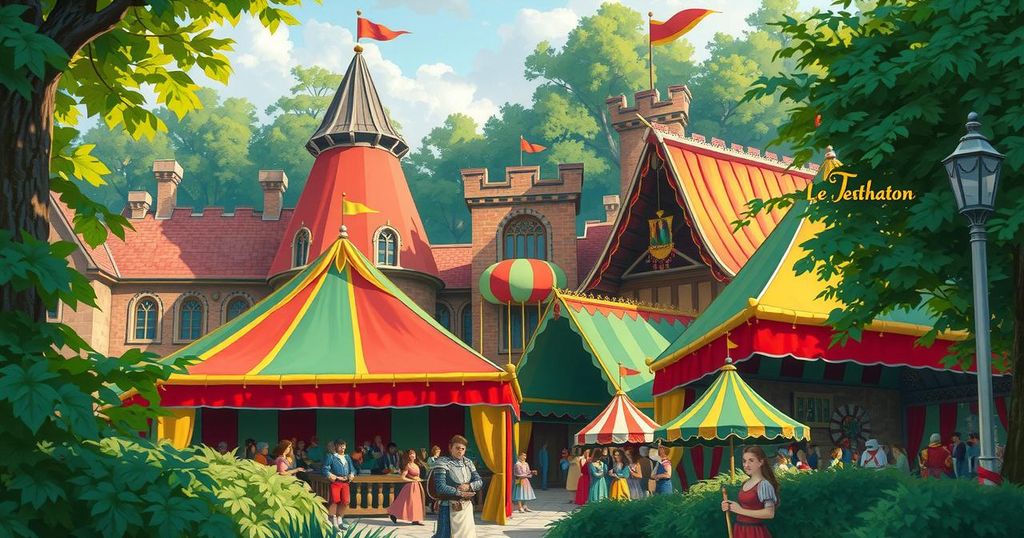Political Evolution in Latin America: Challenges and Transformations
The political landscape of Latin America in the 20th century was marked by military dictatorships and civilian oligarchies, with significant uprisings such as the Mexican Revolution seeking to establish genuine democracy. Gradual democratization occurred in the Southern Cone, with notable advancements in Argentina and Uruguay. However, global economic pressures led to disruptions in democratic processes, prompting federal interventions and social reforms aimed at addressing widespread discontent.
The historical landscape of Latin America has been characterized by a dynamic interplay between economic, social, and political transformations, which inevitably resulted in demands for reform and governmental change. At the dawn of the 20th century, military dictatorships and civilian oligarchies were prevalent across the region, notably illustrated by the regimes of Porfirio Díaz in Mexico and Juan Vicente Gómez in Venezuela. These governments often manipulated electoral processes and imposed restrictions on suffrage, ensuring that a small elite maintained control while the broader population remained largely disenfranchised. The Mexican Revolution of 1910 emerged as a significant challenge to this status quo. Spearheaded by Francisco Madero, a member of the landowning class, the revolution aimed to establish true political democracy in Mexico. Although the existing regime ultimately collapsed, the ensuing conflict was complex, with various factions, including miners and rural workers, seeking to address their grievances. The revolution eventually culminated in the establishment of the Institutional Revolutionary Party (PRI), which centralized power but also managed to garner support from labor and peasant organizations, albeit benefiting leaders more than their constituents. In contrast to Mexico’s revolutionary trajectory, countries in the Southern Cone, such as Argentina, Chile, and Uruguay, embarked on more gradual paths toward democratization. Notably, Argentina’s electoral reform in 1912 introduced universal male suffrage, enabling middle-class parties to gain power. Chile experienced political fluctuations, including a new constitution in 1932 that enhanced democratic stability, while Uruguay became a pioneer in social welfare and democratic reforms even before 1930. Despite progress, the political environment remained inconsistent across Latin America. Although Ecuador became the first nation to grant women the right to vote in 1929, socioeconomic stratification persisted. In Peru, reformist efforts often faced military backlash. Moreover, leaders such as Getúlio Vargas in Brazil adopted authoritarian methods while expanding the state’s role in the economy, facilitating social reforms and labor relations in response to emerging crises. The global economic depression of the 1930s hindered democratic advancements throughout the region, prompting governmental changes through irregular means. In Brazil, Vargas’s administration actively intervened in economic matters, while in Cuba, Fulgencio Batista capitalized on reformist policies to consolidate his own power. These dynamics of state expansion arose from a recognition among leaders that socio-economic challenges needed to be addressed to prevent revolutions. Through this historical lens, the political evolution of Latin America throughout the 20th century illustrates a complex relationship between social movements and governmental structures, as regimes struggled to reconcile the demands of an increasingly politically aware populace with their own desires for control and stability.
The political history of Latin America has been marked by various upheavals as countries grappled with dictatorship, oligarchy, and revolutionary aspirations throughout the 20th century. The interplay of social, economic, and political factors significantly shaped the course of each nation’s development, with Latin America witnessing both authoritarian regimes and movements striving for broader democratic participation. As nations transitioned from colonial rule to independence, and subsequently through internal conflicts and reforms, the quest for equity in power distribution became a central theme that defined the region’s political identity.
In conclusion, the political journey of Latin America in the 20th century underscores the pivotal role of social conflicts and reform movements in shaping governmental structures. The dynamics of the Mexican Revolution, the gradual democratization in countries like Argentina and Uruguay, and the expansion of state roles in response to economic crises all reflect the complex interplay between popular demands for representation and the desire for political stability among leaders. This rich historical narrative highlights the ongoing transformation and challenges faced by Latin American nations in their quest for equitable governance and societal progress.
Original Source: www.britannica.com




Post Comment